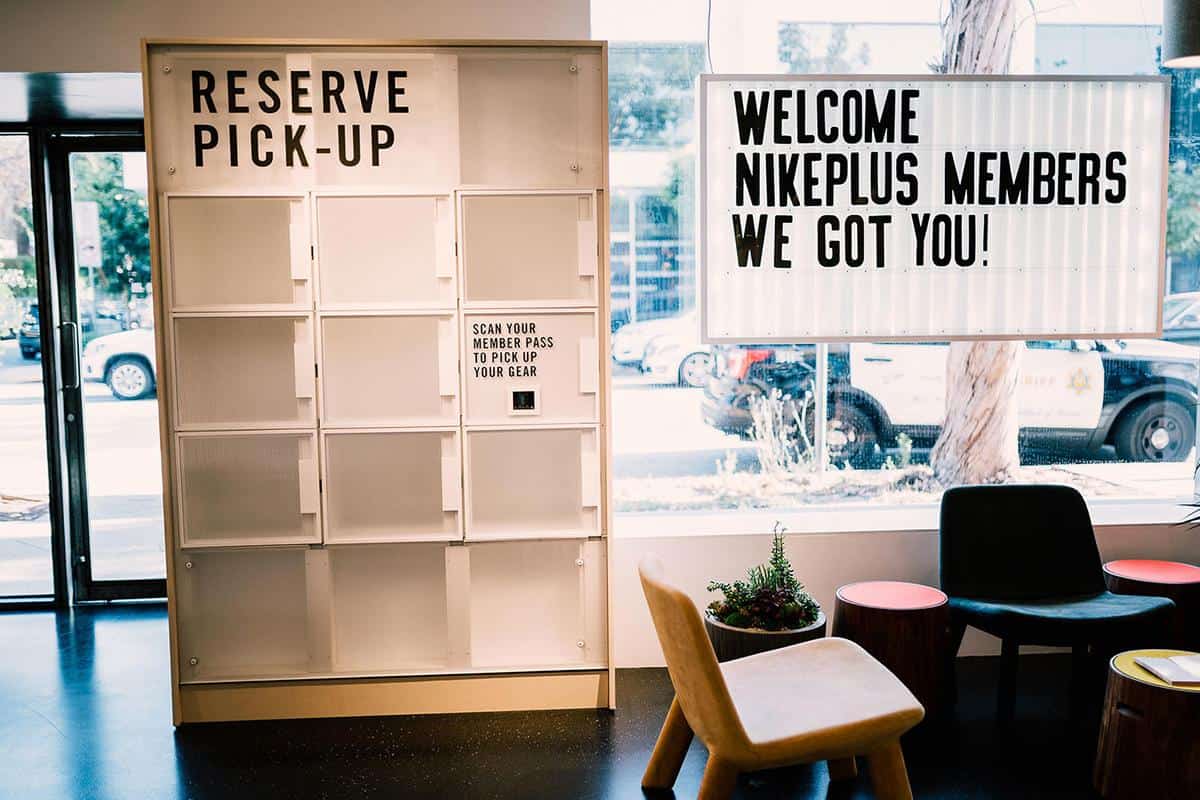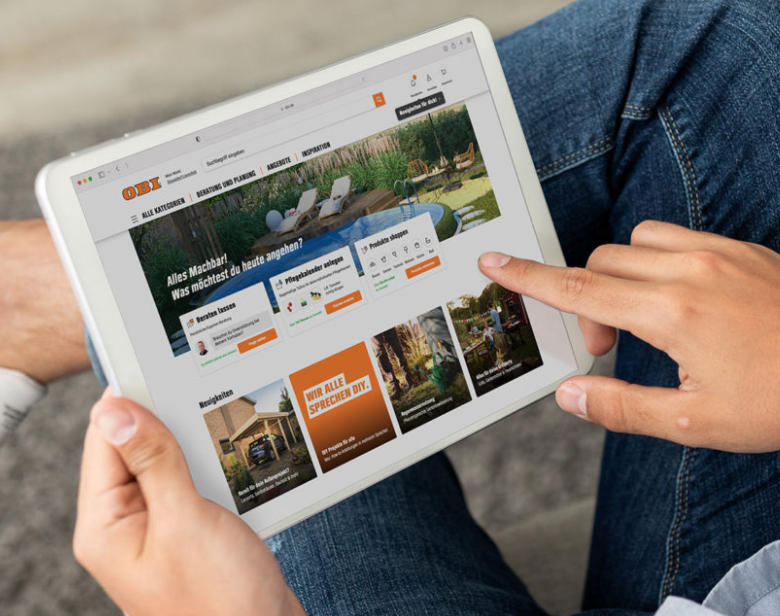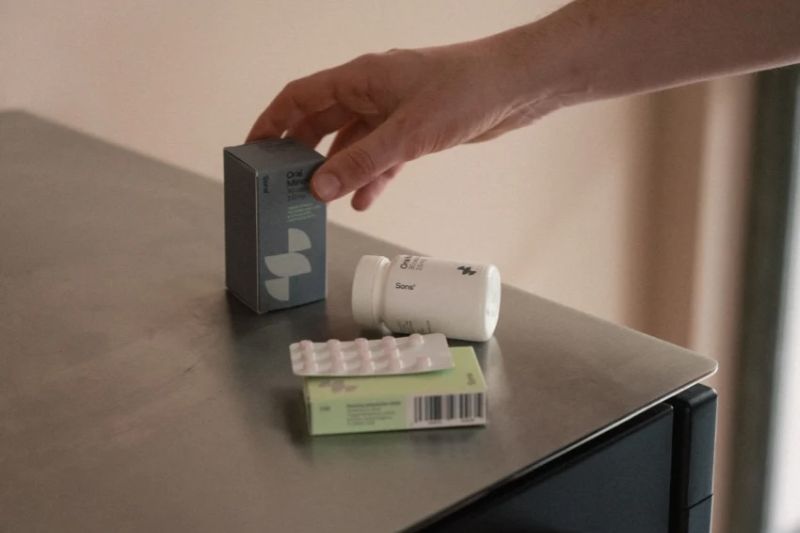Click and collect offers convenience to customers and cost savings for retailers but what does the continuing rise of the service mean for the customer experience. Emma Herrod investigates.
The UK click and collect market is set to rise 45.8% over the next five years to reach £9.8bn by 2023, but growth will slow as the fulfilment method matures and services offered by retailers are optimised, according to analytics company GlobalData.
The company’s latest report ‘Click & Collect in the UK 2018 – 2023’ reveals that clothing and footwear make up a significant proportion of click and collect orders, accounting for 59.9% of spend in 2018. Although the majority of key omnichannel retailers have finely tuned their proposition over recent years by extending order cut off times, increasing speed and minimising costs, service enhancements have plateaued as these elements have been optimised.
“Although 79.9% of click and collect users were satisfied with click and collect services in 2018, this is significantly lower than for home delivery, which stands at 89.5%,” says Emily Salter, Retail Analyst, GlobalData.
“Retailers continue to introduce measures to meet rising consumer expectations for home delivery, such as offering same-day services – led by online pureplays such as Amazon and Asos. Next is one of the few omnichannel retailers currently offering a click and collect proposition to rival the speed and cost of home delivery through recently introducing free, one-hour collection in selected stores.”
Additional purchases increase the importance of click and collect to retailers, as 39.2% of customers bought an additional item while collecting their last order, according to GlobalData. This varies quite substantially by sector though, with food and grocery items being the sector that more customers purchase an extra item from, due to the low prices and essential nature of many products, and presence in a range of stores.
However, as Salter explains, store closures will inhibit the growth of click and collect as will measures such as delivery saver schemes and same-day or one-hour home delivery.
FULFIL FROM STORE
While some retailers, including Schuh and Currys PC World, are able to fulfil click and collect orders from store, they are still in the minority. For others, orders are picked and packed and shipped from a distribution centre (DC) and then sent to the store chosen by the customer.
In many cases that stock could be on a shelf in the store which the customer is going to visit to collect their order. This is the case with over a third of the orders made online for collection in store by customers of health & wellness retailer Holland & Barrett. As Emma Mead, the company’s Group Omnichannel Director, points out though, all of its click and collect orders are picked, packed and shipped from a central DC and not from the stores.
“We could have picked [orders] from the store,” she says. However, technology is holding the retailer back from being able to do so since it does not have enough confidence in the levels of stock and being able to show the information in real-time. “Therefore, having a single view of stock is on our roadmap this year,” she told delegates at MetaPack’s Delivery Conference.
And being able to do this is important. “If you have product in stores and you’re not offering the ability to customers to go online and pick it up immediately, you’re missing the single biggest differentiator you have against online retailers who can’t make that happen,” says Mike Richmond, Chief Commercial Officer, Doddle.
Some pureplays are starting to do something about this though especially on University campuses. Fashion retailer Asos has launched a same-day click and collect service that allows students and other customers to order a product and pick it up that evening from the student union at Leeds University. Asos Instant – On Campus allows customers to order items before 12pm on a weekday and then collect from 5pm to 7pm.
This follows the launch of Asos Instant in London, Manchester, Leeds and Birmingham. Using On the dot’s machine learning algorithms, its 5,000-strong fleet of couriers and an open API to display timeslots, Asos customers are able to select delivery times to suit them.
This highlights how delivery is more than a cost efficiency and impacts on the customer experience as anyone knows who has said anything about how they need to deliver on the promises made to customers or has changed the order cut-off time during a busy period.
Holland & Barrett’s Emma Mead found that adding lockers as a delivery option had a significant improvement on how customers viewed the services that the retailer offered, even though only a small number of customers used the lockers. “Just because not every customer wants that service you should look at what that service should be because it will move your overall NPS in a positive direction,” she said.
The thing that really drove home to her the impact that delivery has not just on the customer experience but also on the bottom line was the week when there were payments issues on the site and a conveyor belt in the warehouse broke down. This led to next-day delivery being taken off the site and not offered to customers.
Mead focused on sorting out the payments issues thinking that they would be the “most important issue we have on the site in terms of delivering a poor experience.” However upon analysing the impact of the two issues, she found that “the conversion rate impact of ripping next day delivery off the site was 3x higher than the payment issue problem. My focus was utterly on the wrong point,” she concedes, admitting that she never realised how important the next-day delivery service was.
“There are times when you’re busy and you bring the cut-off in but actually it makes a significant difference to our customers,” she adds.
And the customers who use next-day delivery a lot at Holland & Barrett are new customers. So, the focus on the payments issues instead of delivery not only effected the conversion rate but also acquisition.
“Delivery matters materially to your customers more so than I realised,” she said.
PEAK END RULE
Delivery, whether to the home or collection in a store, also has a major impact on the overall experience. Just think about how differently you feel after watching two different football matches, In the first one your team scores two minutes into the match but this is followed by ‘boring’ play for the remaining 88 minutes; in the second scenario, the goal comes in the last two minutes following 88 minutes of nil-nil play. Which one leaves you with the best feeling and is the most memorable? Mike Richards, Chief Commercial Officer of parcel shop network Doddle, believes it will be the second scenario.
This, he says citing Daniel Kahneman’s book ‘Thinking, fast and slow,’ is called the Peak End Rule. He explains it as “no matter how many touchpoints you have in a customer journey the only two points that really matter are the peak – where the emotion is at its most intense – and at the end point of the customer journey because, from a customer behaviour perspective, these are the only two points that we really remember.”
This is something that retailers can learn from if they want to give their customers a lasting good impression of their brand. “A good ending drives fond recollections, referrals and loyalty,” says Kahneman.
With ecommerce, the peak emotion is at the time of purchase. This is followed by a period of time before the order is delivered or collected, therefore retailers need to make the end memorable – the point of fulfilment if you will – in order to leave that lasting good impression.
Amongst the retailers which are trying to do this are the subscription services such as Dollar Shave Club which asks customers their interests when they sign up for the service. When their box arrives, it includes a personal magazine about what the customer has said they are interested in. Mr Porter adds a sticker with the customer name on every box while Wiggle includes a 10p bag of haribo with every order.
Retailers have thought about the packaging and the box which the customer opens, but has the same thought been put into click and collect, the experience from entering the store to finding the collection desk or interaction with the staff? Nike has.
Members of its NikePlus scheme can reserve trainers through the Nike app and have them delivered to a locker in store. Their NikePlus member pass unlocks the locker, they try on their order, scan the QR code on any pairs they are keeping and put the rest back into the locker. It’s simply click and collect but packaged in retail theatre.
A ‘drive-thru’ also lets customers of Nike by Melrose in Los Angeles text the store, drive to it and collect or return an order. The Nike app also lets customers checkout quickly, ask for items seen on mannequins in store to be taken to the fitting room or to be brought directly to them in the shop.
So, with click and collect use continuing to rise and pureplays trying different ways to speed up the time from a customer ordering online to having the product in their hands, is it time for omnichannel retailers to look at click and collect again? I think so.





